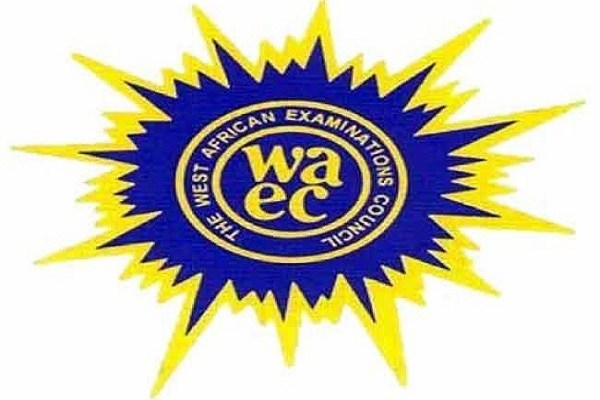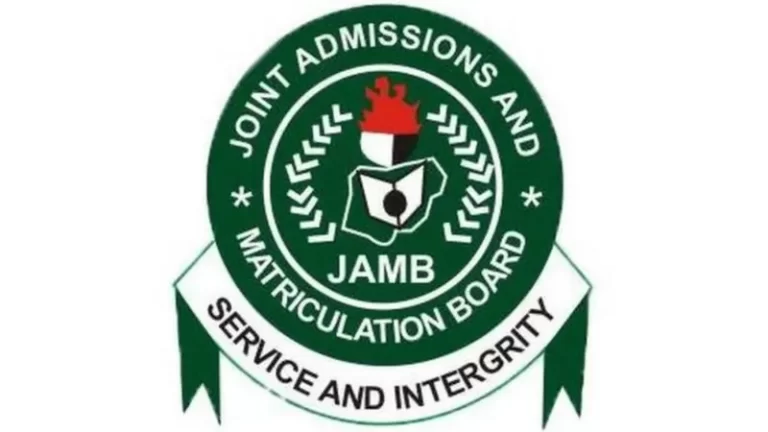Waec

FISHERY
(1ai)
Specimen A (Maize grains): Carbohydrates (energy)
Specimen B (Groundnut cake): Protein
Specimen C (Bone meal): Calcium (minerals)
(1aii)
Specimen A (Maize grains): Energy source for growth and maintenance
Specimen B (Groundnut cake): Protein source for growth and development
Specimen C (Bone meal): Calcium source for bone growth and development
(1aiii)
Specimen A (Maize grains): Sorghum or other grains
Specimen B (Groundnut cake): Soybean meal or other protein sources
Specimen C (Bone meal): Fish bone meal or other calcium sources
(1b)
(i)Vitamins
(ii)Phosphorus
(1ci)
(i)Protection (scales provide a protective barrier against the environment and predators)
(1cii)
(i)Used in the production of fish meal or fish oil
(ii)Used as a source of collagen for pharmaceutical or cosmetic applications
(iii)Used as a natural fertilizer or compost ingredient
(2a)
-Active fishing gear:
– Specimen E (Hook-and-line)
– Specimen G (Cast net)
– Specimen J (Drag net)
-Passive fishing gear:
– Specimen F (Gill net)
– Specimen H (Trap)
(2b)
(i)Strong cord
(ii)Fishing wire
(iii)Netting material
(iv)Repair mesh
(2c)
Specimen J (Drag net) is suitable for comprehensive harvesting in an earthen fish pond.
(2d)
-Hook-and-line targets specific fish, while Gill net catches a variety of fish.
-Hook-and-line uses bait, while Gill net relies on fish swimming into it.
-Hook-and-line is an active fishing method, while Gill net is a passive one.
-Hook-and-line often catches larger fish, while Gill net catches smaller ones.
-Hook-and-line has minimal environmental impact, while Gill net can cause bycatch and habitat damage.
(3ai)
(i)Regular cleaning to prevent accumulation of debris and bacteria
(ii)Storage in a dry place to prevent rust or corrosion
(iii)Regular inspection and repair or replacement of damaged parts
(3aii)
(i)Net
(ii)Skimmer
(3b)
(i)Direct application to the pond water as a fertilizer
(ii)Mixing with water to create a manure tea, then applying to the pond
(3c)
(i)Over-fertilization, leading to excessive algal growth and deoxygenation
(ii)Increased ammonia levels, toxic to fish
(iii)Decreased water clarity and increased turbidity
(iv)Increased risk of waterborne diseases and parasites
(3d)
(i)Cow manure
(ii)Composted plant waste
(iii)Fishmeal or fish emulsion
(iv)Inorganic fertilizers (e.g., urea, ammonium nitrate)
(4a)
(i)Exceptional fertility
(ii)Rapid breeding capabilities
(iii)Robust immune system
(4b)
(4c)
(i)Dehydrating
(ii)Chilling
(iii)Pickling
(iv)Powdering
(4d)
(i)Unreliability of their genetic makeup
(ii)Risk of introducing diseases or parasites to farmed fish
(iii)Potential for unpredictable growth rates and quality
RECOMMENDED TOPICS
- JAMB 2025 UTME/DE registration document – step-by-step on how to apply for UTME and DE

- JAMB postpones 2025 UTME Registration to February 3rd

- JAMB Officially Announces 2025 UTME Registration, Exam, Mock Dates, Cost and Important Details

- The official reading novel for Jamb 2025 is Lekki Headmaster

- Subjects for Computer Science in JAMB for Guaranteed Success


